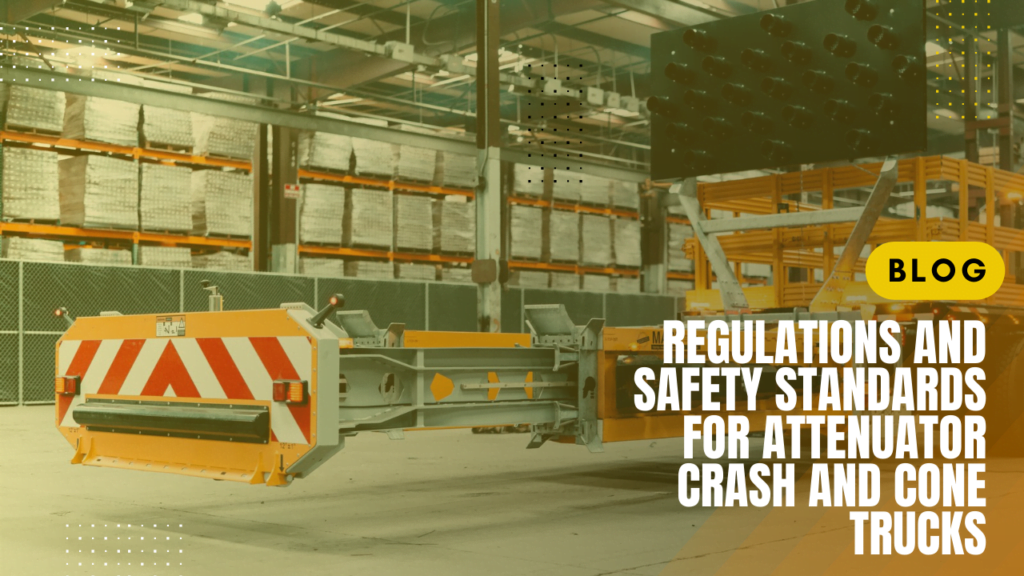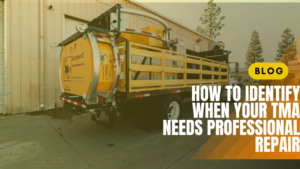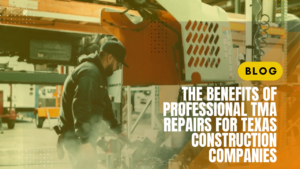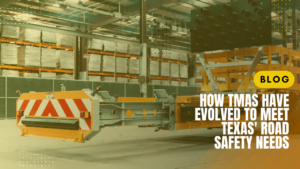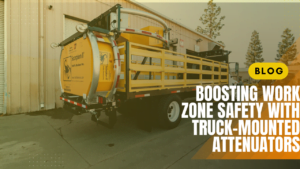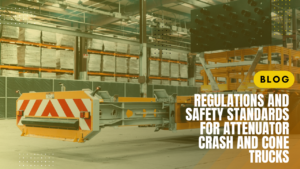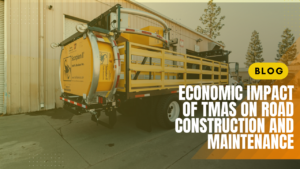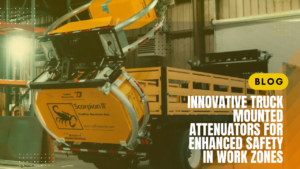When it comes to ensuring the safety of workers and motorists in work zones, regulations and safety standards play a crucial role. One key aspect of work zone safety is the use of attenuator crash trucks and cone trucks equipped with various safety features. Let’s delve into the regulations and standards that govern these vehicles and their role in enhancing safety.
What are the key regulations for attenuator crash trucks?
Attenuator crash trucks, also known as Truck-Mounted Attenuators (TMAs), are governed by specific guidelines to ensure their effectiveness in protecting workers and motorists. The Manual for Assessing Safety Hardware (MASH) provides comprehensive guidelines for the design, testing, and evaluation of TMAs. These guidelines aim to enhance highway safety by setting standards for the performance of safety features in work zones.
Procedures for the safety performance evaluation of highway features involve assessing the crashworthiness of attenuator trucks through rigorous crash testing. These tests are essential in determining the ability of attenuators to mitigate the impact of vehicle crashes in work zones, thereby reducing the risk of injuries and fatalities.
Compliance with MASH guidelines is crucial for attenuator trucks to ensure their safety performance meets the required standards. By adhering to these regulations, stakeholders can enhance safety in work zones and protect both workers and motorists from potential hazards.
How do truck-mounted attenuators enhance work zone safety?
Truck-mounted attenuators offer a range of safety features designed to safeguard workers and motorists in work zones. These attenuators are tested and approved according to MASH guidelines, ensuring their effectiveness in reducing the severity of crashes. The deployment of truck-mounted attenuators plays a vital role in enhancing safety hardware in work zones, providing a critical line of defense against vehicle collisions.
Assessing safety hardware in work zones involves evaluating the performance of truck-mounted attenuators to ascertain their crashworthiness and ability to protect workers and motorists. By utilizing MASH tested and approved attenuators, organizations can enhance work zone safety and minimize the impact of vehicle crashes on highway features.
What is the role of TMA trucks in highway safety?
Truck-Mounted Attenuators (TMAs) are essential components of highway safety measures, governed by guidelines such as the NCHRP Report 350 and recommendations from the Cooperative Highway Research Program. These guidelines outline the requirements for TMA trucks to ensure their effectiveness in mitigating crashes and enhancing safety in work zones.
Shadow vehicle requirements for TMA trucks specify the need for visibility-enhancing features such as arrow boards and crash cushions to alert motorists and provide a buffer zone for workers in the work area. By adhering to these requirements, TMA trucks help improve safety systems in work zones and reduce the risk of accidents.
How are TMA trucks different from regular trucks?
Truck-Mounted Attenuators (TMAs) differ from regular trucks in terms of their specific specifications and safety features. TMAs are designed to meet stringent requirements for crashworthiness and impact mitigation, unlike standard trucks. The benefits of using TMAs in work zones include enhanced protection for workers and motorists, reduced severity of crashes, and improved overall safety in high-risk areas.
Performance evaluation of highway safety features in TMA trucks involves rigorous testing to assess the effectiveness of these vehicles in real-world scenarios. By meeting criteria set forth by organizations like AASHTO and the Association of State Highway and Transportation Officials, TMA trucks demonstrate their capability to enhance highway safety and protect individuals in work zones.
Why is it important to follow MASH guidelines for attenuator trucks?
Following MASH guidelines for attenuator trucks is essential to ensure the compliance of these vehicles with safety standards and regulatory requirements. By adhering to MASH standards, organizations can guarantee the safety performance of attenuator trucks in crash zones, thereby reducing the likelihood of injuries and fatalities in work zones.
Regulatory requirements for truck-mounted attenuators include guidelines for crash testing, safety performance evaluation, and the use of approved safety systems. By emphasizing the importance of safety in work zones and the adherence to MASH guidelines, stakeholders can promote a culture of safety and minimize risks associated with vehicle crashes.
For your TMAs, contact us HERE!

